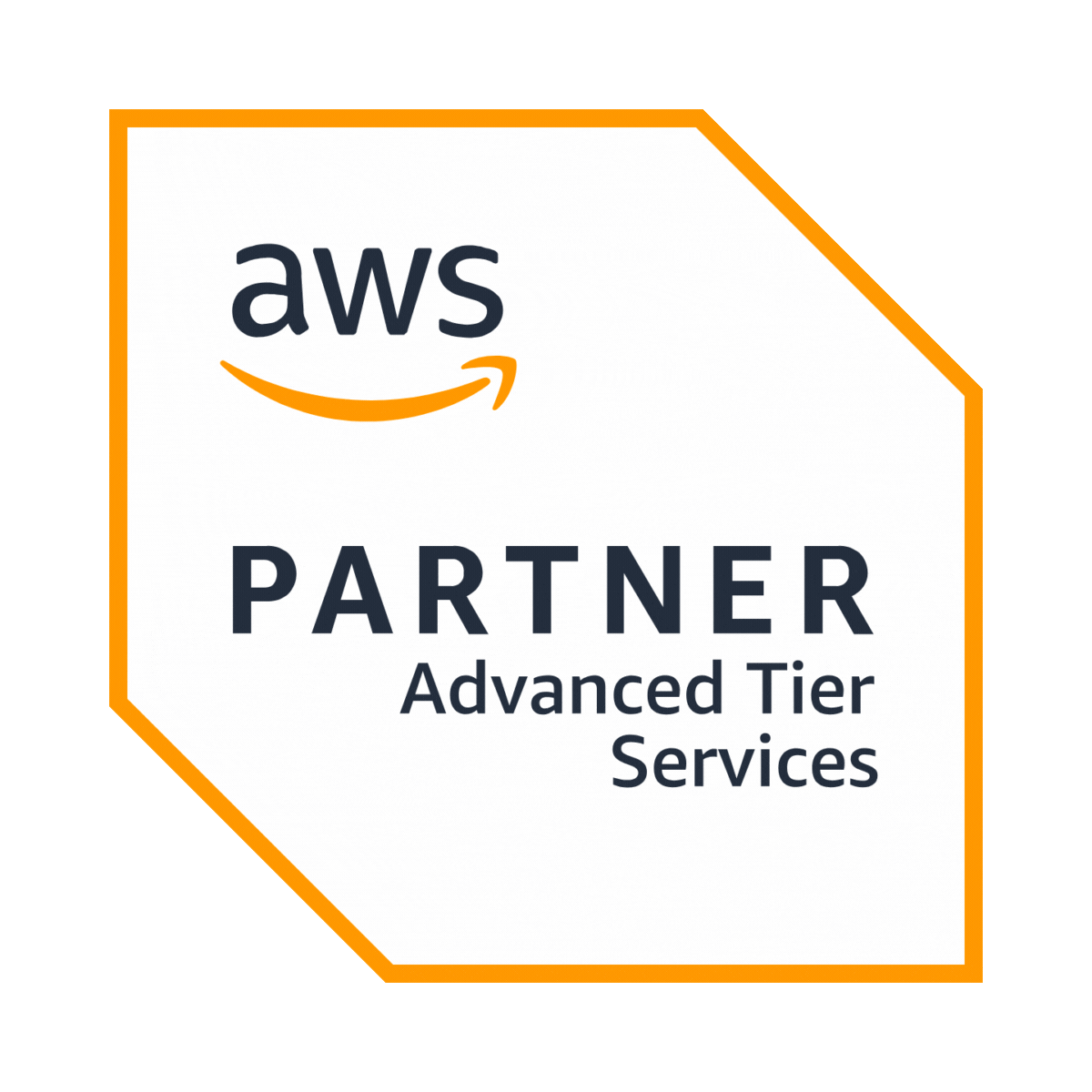In today’s fast-paced business landscape, the key to staying ahead of the competition lies in continuous innovation. Companies that embrace a structured approach to new product development (NPD) are better equipped to bring transformative ideas to market, delight customers, and drive growth.
According to a report by McKinsey, companies that excel in innovation can achieve revenue growth rates of 20% or more, significantly outperforming their competitors. But how does this process work? What are the essential steps that can turn a mere concept into a successful product?
This blog delves into the six phases of the new product development process, offering insights and best practices for each stage. Whether you’re a seasoned product manager or a startup founder, understanding this framework can significantly enhance your product's chances of success.

Phase 1: Idea Generation – Igniting the Spark
Every successful product starts with a brilliant idea. This initial phase, often referred to as the ideation phase, involves brainstorming and gathering creative concepts that could lead to a new product. Ideas can come from various sources, including:
- Customer Feedback: Listening to customers can reveal their pain points and unmet needs.
- Market Research: Analyzing trends, competitor strategies, and market gaps can inspire innovative solutions.
- Internal Collaboration: Engaging cross-functional teams often leads to diverse ideas that tap into different perspectives.
Creativity in Idea Generation
Picture a dynamic brainstorming session where a diverse team, including designers, engineers, and marketers, gathers around a whiteboard, fueled by coffee and enthusiasm. Ideas are thrown around like confetti—some will stick, and others will not, but each contributes to a vibrant tapestry of possibilities.
Best Practices for Idea Generation
- Cultivate a Culture of Innovation: Encourage team members to share their thoughts freely without fear of criticism. This open environment fosters creativity.
- Leverage Technology: Utilize tools like surveys, analytics, and social media listening to gather insights from customers. Data can spark new ideas that resonate with market needs.
For organizations considering innovative solutions, partnering with a reputable SaaS development company can provide invaluable insights and resources for effective idea generation.
Phase 2: Idea Screening – Separating the Wheat from the Chaff
Once a pool of ideas has been generated, it’s time to narrow the focus through idea screening. Not every idea is viable or aligns with the organization's strategic goals, so it's essential to evaluate them against specific criteria:
- Market Potential: Is there a demand for the idea? Who is the target audience?
- Feasibility: Can it be developed within budget and timeframe?
- Alignment with Business Objectives: Does it fit within the company’s strategic framework?
The Screening Process
Imagine this phase as a filter, sifting through a plethora of ideas to identify the gems. Teams can use scoring systems or decision matrices to quantify the potential of each concept, enabling informed choices on which ideas to pursue further.
Importance of Idea Screening
Effective idea screening minimizes wasted resources by focusing on the most promising concepts. As noted by Roadmunk, this stage is crucial for ensuring that only the strongest ideas progress to the next phase.
Phase 3: Concept Development and Testing – Bringing Ideas to Life
With a validated idea, it’s time for concept development and testing. This phase involves creating a detailed description of the product, outlining its features, benefits, and target market.
Testing the Waters
Concept testing with potential customers is vital to validate assumptions and gather feedback. Techniques can include:
- Focus Groups: Small groups provide insights into customer perceptions.
- Surveys: Collect quantitative data to gauge interest.
- Prototyping: Create a minimum viable product (MVP) to test functionality and design.
Iterative Feedback Loops
Visualize a cycle of refinement, where feedback shapes the product. Each iteration brings the concept closer to what customers really want. This iterative approach not only enhances product quality but also ensures that it resonates with the target audience.
For businesses focused on modernizing their offerings, incorporating principles of legacy software modernization can enhance user experience during this phase.
Phase 4: Business Analysis – The Financial Lens
Once the concept is validated, the next step is conducting a thorough business analysis. This phase evaluates the product's potential profitability and market viability. Key considerations include:
- Cost Estimation: Calculate development, production, and marketing costs.
- Sales Projections: Estimate potential sales based on market research and competitor analysis.
- Break-even Analysis: Determine when the product will become profitable.
A report from Deloitte indicates that effective business analysis can increase the chances of project success by 40%, underscoring the importance of this phase
The Financial Blueprint
This phase acts as a financial blueprint, providing a clear understanding of the investment required and the expected return. By ensuring that the product aligns with business objectives, companies can make informed decisions about moving forward.
Phase 5: Product Development – Crafting the Final Piece
With a validated business case, the product moves into the development phase. Here, ideas transform into tangible products through several key steps:
- Design and Engineering: Create detailed product designs and specifications.
- Prototyping: Build prototypes to test functionalities and gather user feedback.
- Iterative Development: Utilize agile methodologies for ongoing adjustments based on real-time feedback.
Collaboration Across Teams
Envision a bustling workspace filled with designers, engineers, and marketers collaborating closely. They are united by a shared vision, iterating and refining the product until it meets the highest standards of quality and user experience.
For organizations exploring mobile applications, consider leveraging custom mobile app development services to ensure that user experience and functionality are prioritized throughout development.
Phase 6: Market Testing and Commercialization – Ready, Set, Launch!
The final phase of the new product development process is market testing and commercialization. This stage involves launching the product in a limited capacity to gather real-world data and feedback. Key steps include:
- Pilot Testing: Introduce the product to a small segment of the target market to validate assumptions.
- Marketing Strategy Development: Create a comprehensive marketing plan to generate awareness and interest.
- Full-Scale Launch: Based on pilot feedback, prepare for a broader market launch.
Post-Launch Evaluation
After launching the product, continuous monitoring of its performance is crucial. Collecting customer feedback, analyzing sales data, and assessing market response will inform future iterations and improvements.
According to Harvard Business Review, companies that actively seek post-launch feedback and iterate on their products are 60% more likely to achieve sustained growth

Navigating the New Product Development Process
The new product development process is a vital framework that empowers organizations to innovate and respond to market demands effectively. By following these six phases—idea generation, screening, concept development, business analysis, product development, and market testing—companies can enhance their chances of launching successful products.
In a rapidly evolving business landscape, embracing a structured approach to product development is not just beneficial; it is imperative. Leveraging expertise from partners in areas like software development and AWS SaaS deployment models can amplify the effectiveness of this process.
As organizations navigate the complexities of product development, it is crucial to remain agile, innovative, and responsive to customer needs. By fostering a culture of collaboration and continuous improvement, businesses can position themselves for sustained success in the marketplace.















